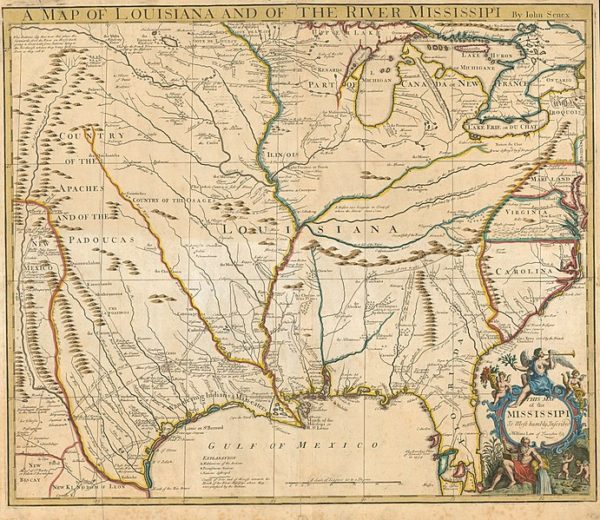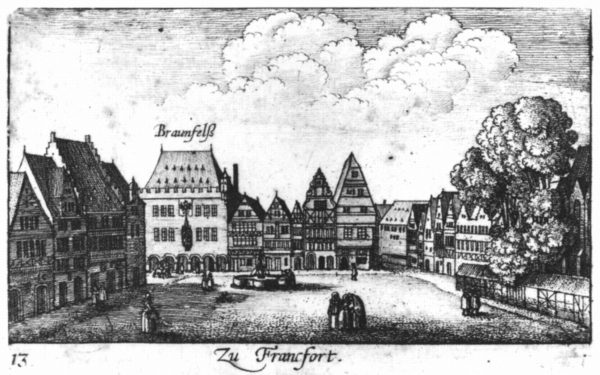It’s a risky business, the stock market.
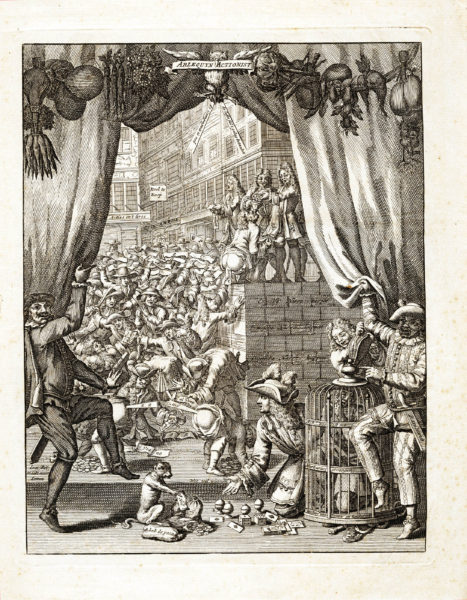
Baroque Europe learned that when financial crises raged across the continent in the early 1700s. One of the worst, the Mississippi Bubble, took place in 1720. It caused privation and heartache. However, because it tweaked the imagination of one of the era’s most inventive composers too, you can say that for us now, it’s a bubble with a silver lining. A balm for troubled times, G. P. Telemann’s Ouverture in B-Flat (later nicknamed “The Stock Exchange”) is also the centerpiece and inspiration for Tempesta di Mare’s upcoming program.
The Mississippi Bubble was born when France offered investment in American real estate to get quick money into the country’s war-depleted treasury. However, in a combination of hubris and incompetence, the country’s leaders botched it. When they released public shares, they set off a buying frenzy, prices caused runaway inflation, paper money increased the frenzy…when the Bubble burst in 1720, stock markets all across Europe crashed.
Public backlash was fierce. Tabloid journalism—or the period equivalent— targeted the plan’s architect, Scottish financial specialist John Law, for particular calumny (he died a broken man after fleeing into exile). But everybody got lampooned in prints like the Dutch Arlequyn Actionist, 1720.
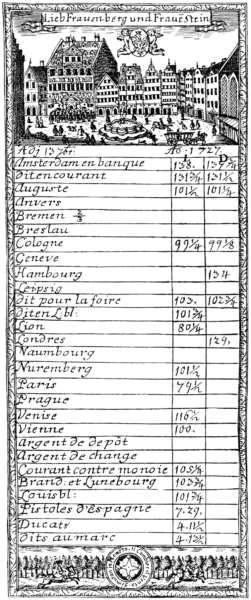
That year, German composer Telemann was 40 years old and music director of the Free City of Frankfurt. Some 10 years before, he had left his last court job after deciding that he would find more stability in a republic than working for nobles at court. So far, he was right. In Frankfurt, he created a wealth of professional opportunities for himself among a wide following of merchants and businesspeople as well as noble patrons.
But when the Mississippi Bubble burst—and he had a birds’ eye view because he lived right above Frankfurt’s stock exchange—who knows, maybe it felt like his theory was being put to the test. In any event, with friends and associates who were surely involved, he immediately responded—perhaps bringing together material he’d already written—with a light-hearted concert suite, “The Stock Exchange.” Sometimes you laugh to keep from crying.
Telemann, gentleman and scholar that he was, doesn’t scapegoat in “The Stock Exchange.” In fact, the piece contains very few specifics. Rather, with wit and sympathy, it evokes the moods of people living in unstable times. In passage after passage, phrases are interrupted, moods are broken, intrusions disturb the flow of thought. Telemann provides clever titles, too, contradictions-in-terms that catch you off guard: “Rest interrupted,” “War in peacetime,” “Victors vanquished,” “Solitude in company.”
For Gwyn Roberts, Tempesta’s artistic co-director, the piece’s titular final movement, “The Hope of Mississippi” doesn’t just name the event but sums up the whole experience. The movement starts with a social dance form, a gavotte, that whirls around a few circuits of the dance floor before it is interrupted by a great crash in the form of a giant descending scale. Without missing a beat, though, the gavotte starts right back up as if nothing happened.
“It’s people mindlessly eating their way through all this money, crashing, and then picking themselves up and going right back to the behavior that got them there,” she says. “They learned nothing. It’s the human condition.”
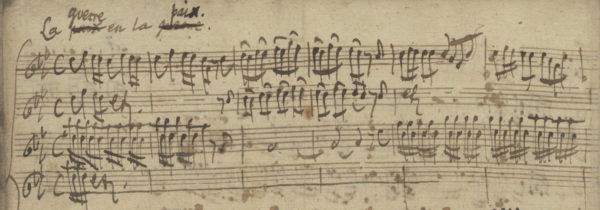
Maybe that’s the Hope of Mississippi. We get knocked down but we pop back up, believing against all odds that we’re going to be all right. And sometimes we are.
Thanks, Telemann. Got to love that Mississippi hope.
Watch Tempesta di Mare perform Telemann’s La Bourse in March 2022:
Anne Schuster Hunter is a writer, teacher of creative writing, and art historian in Philadelphia. www.anneschusterhunter.com
Photo Credit:
- Arlequyn Actionist, etching from Het groote tafereel der dwaasheid (The Great Scene of Folly), Pieter Langendijk, Amsterdam, 1720. British Museum. Photo: Carl Guderian. Creative Commons (CC BY-NC-SA 2.0)
- Commons.wikimedia.org.
- Ouverture in B-flat, TWV 55:B11, movement 3 (War in Peacetime), holograph manuscript, collection Sächsische Landesbibliothek, Dresden (D-Dl): Mus.2392-O-34, Photo: imslp.org
